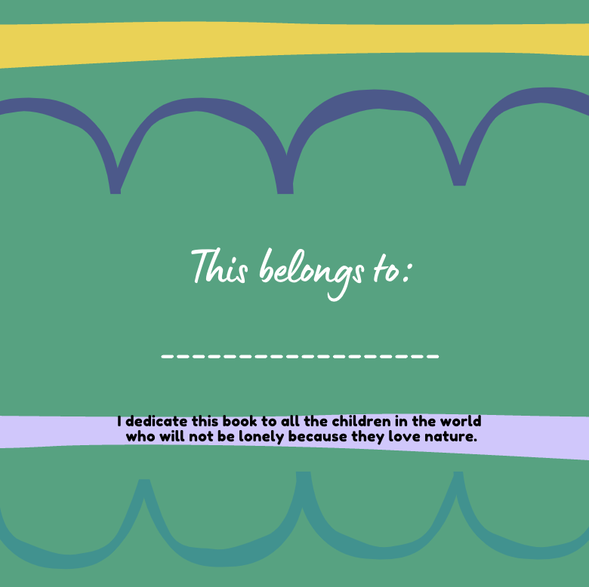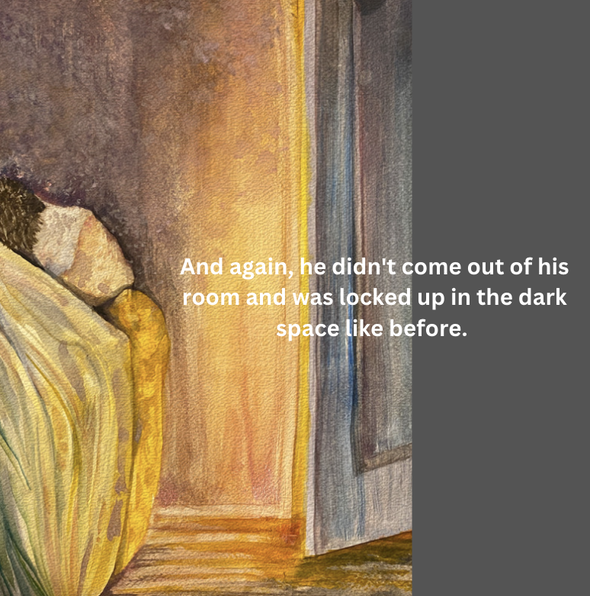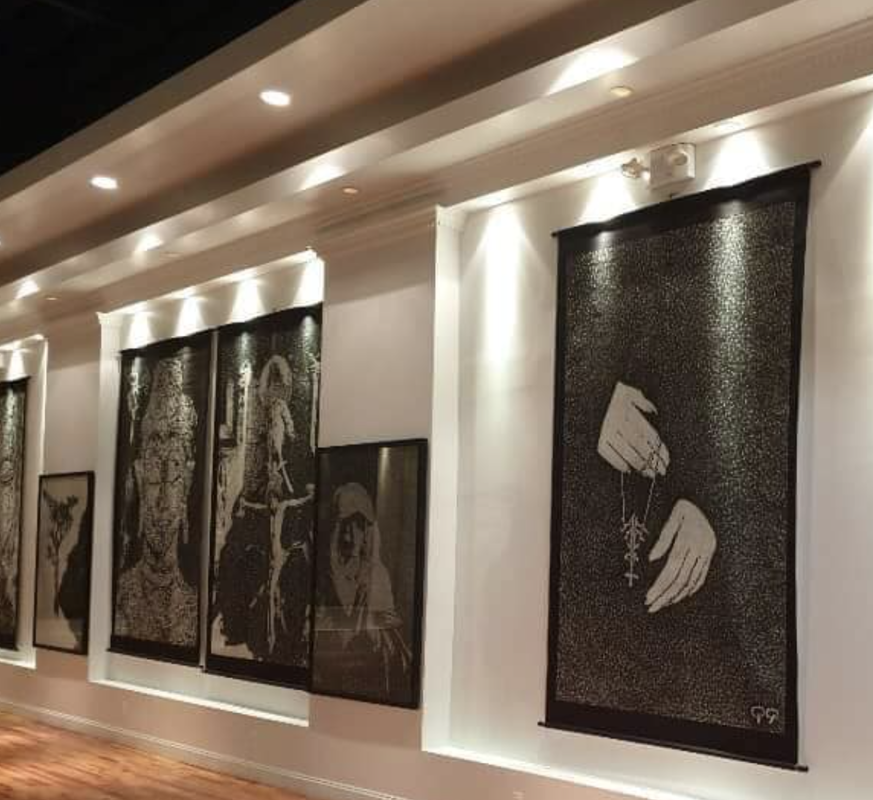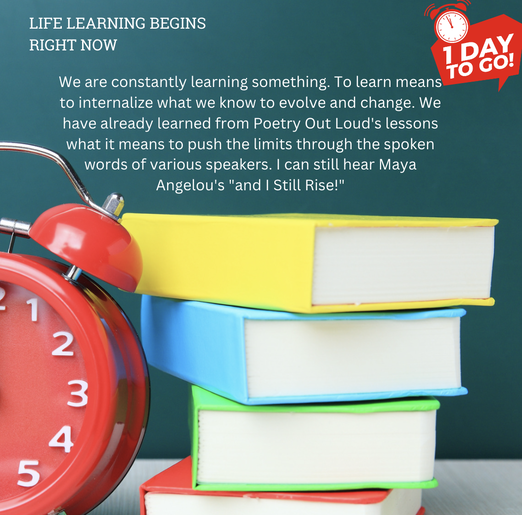A brief statement for a philosophy as an art educator. As an art educator, my philosophy's three cores are acceptance, innovation, and vision-making through art. In Professor Sir Ken Robbin's lecture, I found the basis for the solution: "The real driver of creativity is an appetite for discovery and a passion for the work itself."
As an artist, I constantly ask myself questions and get answers. The process is like burning firewood. To keep the wood fire continually burning, you must get a wooden slat, split it, and light it daily. In other words, to become a true artist, you must continuously create motivation and passion without being frustrated. The process itself can be summed up in creativity, which has long been an emphasis of educators. The trigger of my concepts comes from the experience of infusion education systems like the theory of banking education by Paulo Freire. For example, my music teacher was prestigious from a good college, but her coercive and authoritative schooling completely pulled me away from music. Through the experience, I became convinced that creativity, philosophy, and love for students are more critical than an educator's authority, degree, academic background, and ability while receiving education. Primarily as an immigrant, I have found that what is more dangerous than linguistic, cultural, and emotional barriers is being easily frustrated in the face of these barriers. Art has the flexibility to break the obstacles in one shot. Because art is to break out of its solid and petty frame, I have been trying to break my mold, and I am confident I am still doing it. In particular, it can hint at students from immigrants in the same situation. When I had my first exhibition in Germany, immigrant women expressed gratitude that they felt hope in my case. I am fortunate because the tool was art. Therefore, as an educator, I want my students to be able to move forward, breaking down their limitations and frameworks little by little, just like me. In that sense, we need innovation that recognizes differences, is proud of them, and breaks prejudice. As Jessica Hoffmann Davis announced on why our schools need the Arts, she identified the core outputs of art education as forms of art are a promotion of creativity, an expression of emotion, and a delivery tool for understanding, respecting, and interacting with others. In summary, based on creativity, art understands and acknowledges the differences between each other and learns how to express one's feelings and thoughts in this ambiguity. As an immigrant, her theory helped me to orient how I can teach students of immigrant origin. As an extension, it is not just an immigrant but also expands it and shows a vision of how to bring together students with different personalities, such as thoughts, emotions, cultures, and languages, and move forward into a vast world. Therefore, a genuine art educator must be a true artist, deeply understand the essence of art, have broken the frame of one's own through art, and have the experience to change and create a new vision through art.
0 Comments
Korean finger stampling artist, GuGu Kim Since 2013, there is a Korean artist who I found his works on Facebook and was amazed at the artistry and philosophy. Most of his works are big sized canvas or scrolled woven linen over 100 inches long, and all of them are painted by using fingers, fingertips, and palms instead of brushes. He painted mostly in shades of black, so it feels as if a single giant shadow is moving to create a meaningful shape. His paintings are considered representative artworks under the modern classicism genre and are praised worldwide. Gugu Kim's work is mainly defined as 'finger painting' because he paints only with his fingers and hands. Just like Eastern and Western painters usually use their fingertips to dip their fingertips in ink and use their fingertips to touch the canvas instead of a brush, he completes her work through repetitive work, as if ink was printed using fingertips with fingerprints. In this sense, it would be more appropriate to define his work as "finger stamping", which distinguishes it from the traditional finger painting as we know it. Gugu Kim dips one or two fingers in traditional ink, then dips them directly onto the canvas and presses them together for finger painting. He creates images by using black and white contrasts, from light tones to dark colors through countless touches, without drawing on the base line or using the techniques of traditional brush strokes. Some parts of the picture are expressed as very small, like dots, but in parts where the image needs to be relatively large, it is stamped with two or three fingers. Gugu paints black areas that should be expressed very darkly, or stamps heavily when expressing dark shades, so that the white canvas cannot be seen through continuous overcoating. On the other hand, in the part that needs to be expressed very brightly, touch it very lightly once or twice to make the viewer unconsciously sense the background color of the canvas. (excerpt by Harvard Art Museum) His works also incorporate Korean aspects. He uses natural ingredients that have existed for a long time such as charcoal, pastel and stone powder. He also uses woven linen canvas that is sold in scrolls instead of the framed kind. Koreans are traditionally called a “white-clad race,” meaning that Koreans in ancient times used to wear white and revered the color. Kim’s monotone paintings accentuate this Korean quality while also following the principles of ying and the yang. But Kim says that his works have interpreted such traditional Korean styles into something more modern through a process that he calls “new Koreanization.” Image by Facebook
3 Keyways to use poetry to support expressive literacy within a culturally and linguistically diverse context. * The content below was written as part of an assignment for a graduate class class. This is a task to describe the three core contents of how I can help students of various languages, environments, and backgrounds if poetry class is incorporated into my art class as an educator.
|
Myungja Anna KohArtist Categories
All
Archives
July 2024
|
Proudly powered by Weebly
































 RSS Feed
RSS Feed